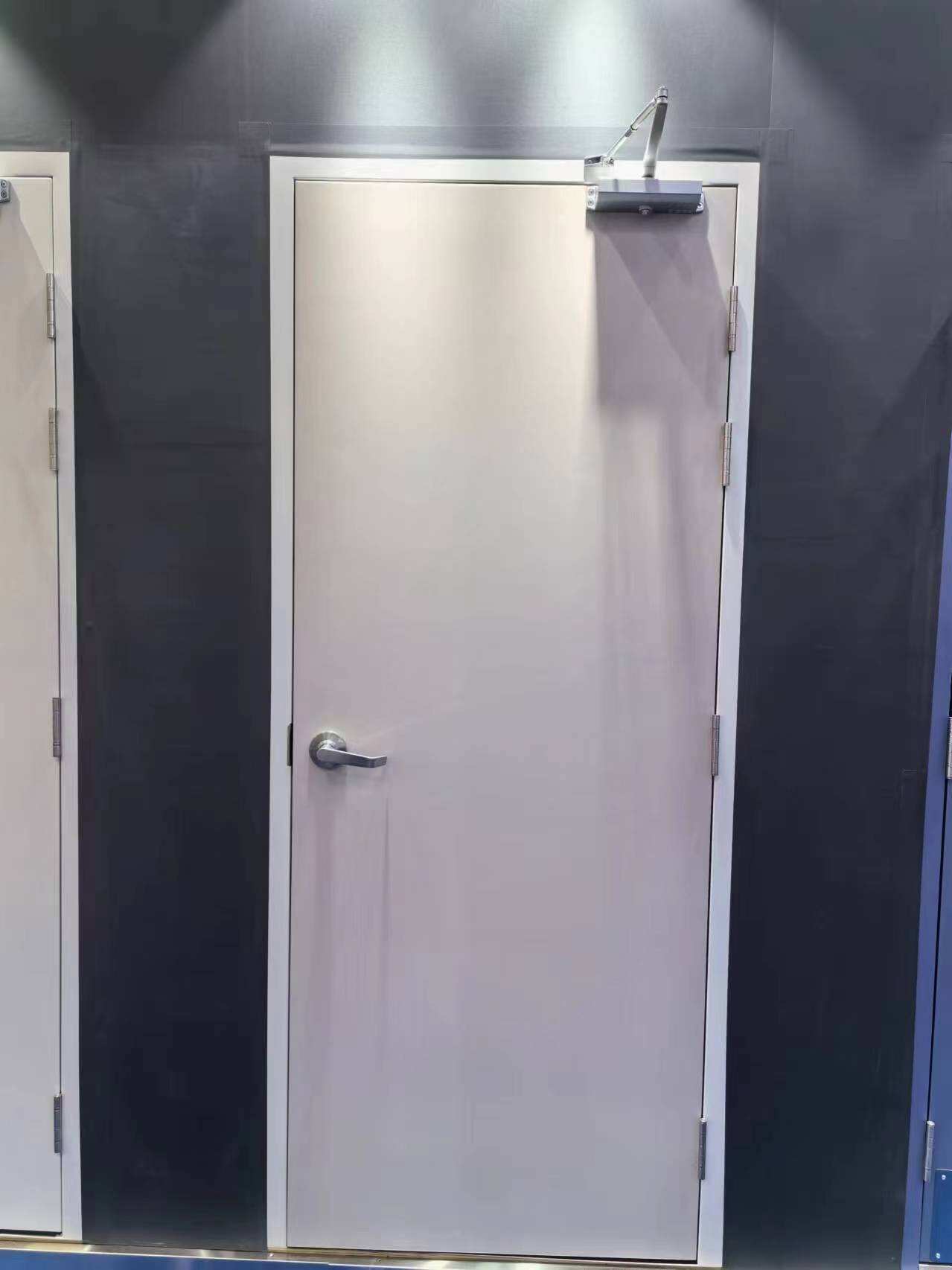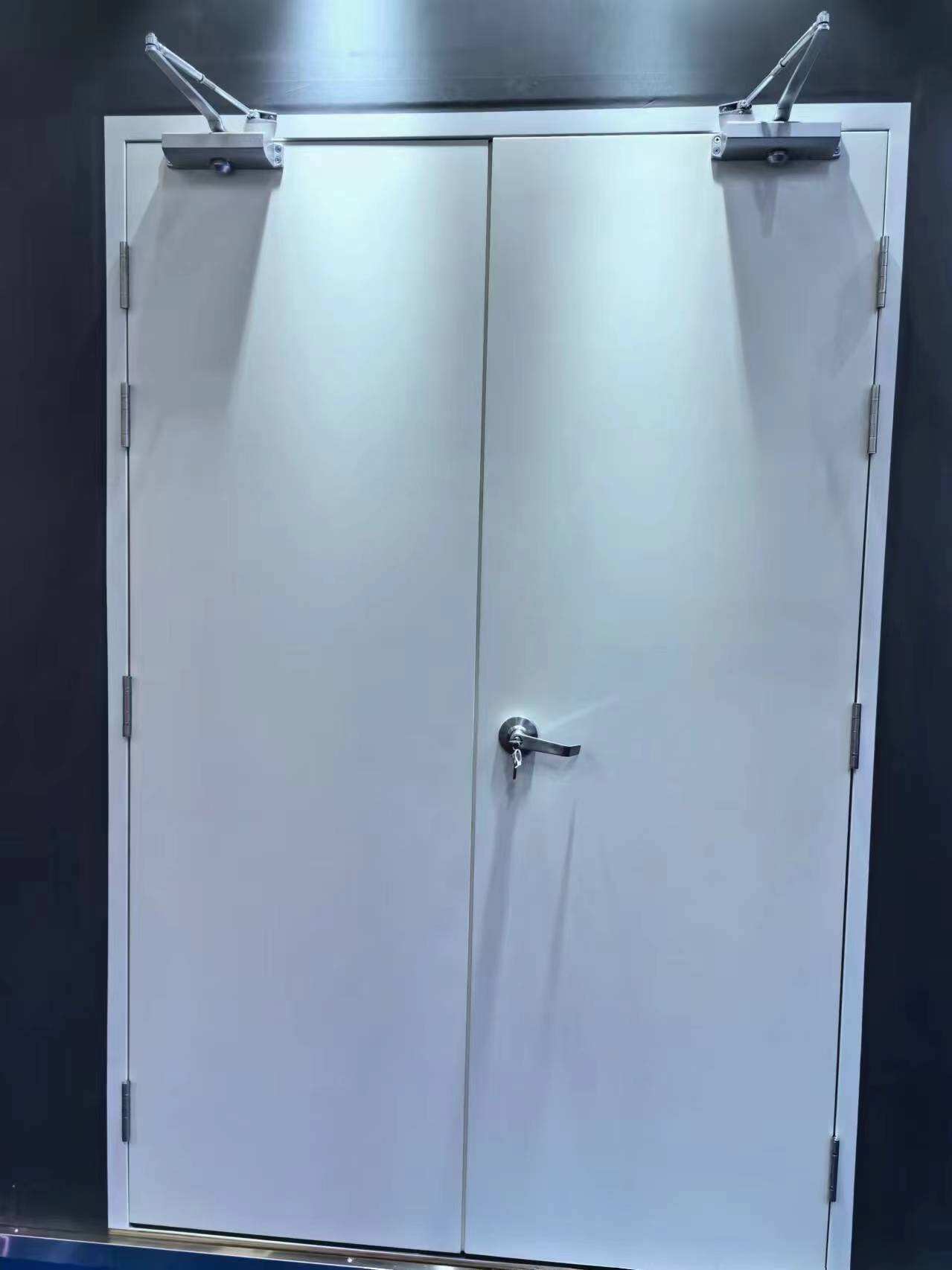What Are the Differences Between Fire Doors and Regular Doors?
Doors are one of the most essential components of any building. They provide privacy, security, and access between rooms while also playing a role in aesthetics and comfort. However, not all doors are designed for the same purpose. In particular, there is an important distinction between fire doors and regular doors. While a regular door fulfills the basic functions of entry and separation, fire doors are specialized safety installations designed to resist fire and smoke for a given period of time.
Understanding the differences between these two types of doors is critical for architects, contractors, building managers, and property owners. Installing the correct type of door in the right place can mean the difference between a minor fire incident and a catastrophic disaster. This article explores the key differences between fire doors and regular doors in terms of construction, materials, safety, testing, maintenance, and cost, while also addressing why fire doors are indispensable in modern buildings.
The Purpose of Fire Doors Versus Regular Doors
Regular doors are designed primarily for convenience, privacy, and design aesthetics. They create separation between rooms, limit noise, and provide security within a building. Their purpose is functional and stylistic rather than protective against fire hazards.
Fire doors, on the other hand, are designed with a life-saving purpose. They are part of a building’s fire protection system, specifically created to slow the spread of flames, heat, and smoke. By compartmentalizing a fire within a single area, fire doors protect escape routes and provide occupants with time to evacuate safely. They also help firefighters by controlling the spread of fire, making it easier to contain and extinguish.
Construction Materials
The materials used in fire doors are significantly different from those in regular doors. Regular doors are often made of timber, medium-density fiberboard (MDF), hollow cores, or metal for durability and design. These materials may provide privacy and sound insulation but offer little resistance to fire.
Fire doors, by contrast, are built from materials engineered to withstand extreme heat. Steel, solid timber with fire-resistant coatings, gypsum, or composite cores are commonly used. Many fire doors incorporate intumescent strips that expand under high temperatures to seal gaps and block the passage of smoke. Fire-resistant glass may also be used, allowing for visibility without compromising fire protection.
The structural integrity of fire doors ensures that they do not warp, collapse, or allow flames to pass through quickly. Their design ensures containment for a certified duration, such as 30 minutes, 60 minutes, or even 120 minutes.
Fire Resistance Ratings
Regular doors are not tested or rated for fire resistance. They may burn, melt, or collapse within minutes of exposure to fire. Their purpose is not to protect against emergencies, so there is no certification or rating for how they perform under fire conditions.
Fire doors, however, are rigorously tested and certified by recognized authorities. They are rated according to the time they can withstand fire exposure without losing their protective function. Common ratings include FD30, FD60, FD90, or FD120, meaning the door provides resistance for 30, 60, 90, or 120 minutes respectively. These ratings are crucial because they define how long occupants have to evacuate and how much time firefighters have to respond.
Hardware and Seals
Another key difference lies in the hardware and sealing systems. Regular doors use standard hinges, latches, and locks. While functional for everyday use, they are not designed to withstand high heat or seal tightly against smoke.
Fire doors use specialized fire-rated hardware, including hinges, closers, latches, and handles that can operate under extreme temperatures without deforming. They are also fitted with intumescent strips, which expand in heat to close any small gaps, and smoke seals to prevent the infiltration of toxic gases. These additional features make fire doors effective barriers in emergencies.

Function During Emergencies
Regular doors provide no guarantee during a fire. They may fail within minutes, allowing flames and smoke to spread rapidly throughout a building. This can compromise escape routes, trap occupants, and accelerate damage to property.
Fire doors function as critical barriers during emergencies. When closed, they compartmentalize fire and smoke, slowing their movement from one area to another. This containment protects stairwells, hallways, and exits, ensuring safe passage for building occupants. Fire doors also help firefighters by controlling the spread of fire, allowing them to work more effectively.
Aesthetic Differences
Regular doors are widely available in countless styles, materials, and finishes. From decorative wooden designs to glass-paneled models, they serve as both functional and aesthetic features of a building. Their design flexibility allows them to match interior décor and contribute to the building’s overall style.
Fire doors traditionally had a reputation for being bulky or unattractive due to their heavy construction. However, modern fire doors are available in a wide variety of finishes, veneers, and styles, including options that resemble standard doors. Fire-resistant glass panels can add visibility and light while maintaining safety standards. This means that safety no longer comes at the expense of aesthetics.
Installation Requirements
Regular doors can be installed by general carpenters or contractors without specific certification. Their installation process focuses on fit, alignment, and general functionality.
Fire doors, however, must be installed according to strict standards. Incorrect installation can compromise their effectiveness, even if the door itself is certified. Qualified professionals are often required to ensure compliance with building codes. Fire doors must be fitted with the correct frame, hardware, and seals, and must be installed in designated locations such as stairwells, corridors, and compartmental walls.
Maintenance and Inspection
Regular doors require minimal maintenance beyond cleaning, lubrication of hinges, and occasional adjustments. Their performance is not tied to life safety systems, so inspection is not mandatory.
Fire doors, in contrast, require regular inspection and maintenance to ensure functionality. Regulations often mandate routine checks for alignment, seal integrity, and the condition of self-closing devices. If a fire door is blocked, damaged, or fails to close properly, it cannot perform its safety function. Building owners are legally responsible for ensuring that fire doors are maintained in operational condition.
Cost Differences
Regular doors are generally less expensive because they do not require specialized materials, testing, or certification. Their price varies according to design and finish, but they remain relatively affordable for residential and commercial use.
Fire doors are more costly due to their construction, certification, and installation requirements. However, their benefits in terms of safety, compliance, and liability reduction far outweigh the higher upfront cost. For commercial properties, the installation of fire doors is a legal requirement and an investment in both life safety and property protection.
Regulatory Requirements
Regular doors have no regulatory requirements beyond standard construction codes for durability and accessibility. They are not subject to fire safety laws.
Fire doors, on the other hand, are heavily regulated. Building codes and fire safety regulations mandate their installation in specific locations such as exits, stairwells, and corridors. Non-compliance can result in fines, legal liability, invalidated insurance policies, or even closure of the building. Fire doors are therefore essential for both legal compliance and safety assurance.
Psychological and Practical Reassurance
Regular doors provide comfort and privacy but offer little reassurance in terms of safety during emergencies.
Fire doors, however, provide peace of mind. Occupants in offices, schools, hospitals, or hotels can feel safer knowing that the building has barriers designed to protect them in the event of a fire. This reassurance is not only practical but also psychological, as people feel more confident working or living in a well-protected environment.
Real-World Scenarios
Consider an office building without fire doors. A fire starts in a storage room and quickly spreads through the corridor because the regular door fails within minutes. Smoke fills the stairwell, making evacuation impossible. The result is panic, injuries, and extensive property damage.
Now consider the same scenario with fire doors installed. The fire remains contained in the storage room for 60 minutes, stairwells remain clear of smoke, and occupants evacuate safely. Firefighters arrive to find the blaze confined, making suppression more manageable. The difference between these scenarios underscores the importance of fire doors compared to regular doors.
Conclusion
The differences between fire doors and regular doors are profound. While regular doors provide convenience, privacy, and design versatility, fire doors are engineered life-saving devices. Their specialized materials, fire ratings, hardware, and installation requirements set them apart as essential components of modern fire safety systems.
Fire doors protect occupants, contain fire and smoke, comply with building regulations, and reduce property damage. Although they cost more and require regular inspection, their benefits far outweigh these considerations. In contrast, regular doors, while suitable for everyday use, cannot substitute for fire doors in areas where safety and compliance are paramount.
For building owners and managers, understanding this distinction is not optional. Installing fire doors where required is a legal obligation and a moral responsibility. In an emergency, fire doors can mean the difference between safe evacuation and tragedy.
FAQ
What is the main difference between fire doors and regular doors?
The main difference is that fire doors are designed to resist fire and smoke for a specific duration, while regular doors are not tested or rated for fire protection.
How are fire doors constructed differently from regular doors?
Fire doors are made of materials like steel, gypsum, and treated timber, with intumescent and smoke seals, whereas regular doors are usually timber, MDF, or hollow-core without fire-resistant features.
Are fire doors required by law?
Yes, fire doors are mandated by building codes and fire safety regulations in commercial, industrial, and many residential buildings.
Can fire doors look like regular doors?
Yes, modern fire doors come in a wide range of finishes and can closely resemble regular doors while still providing certified fire protection.
Do fire doors need maintenance?
Yes, fire doors must be regularly inspected and maintained to ensure that seals, closing mechanisms, and structural integrity remain effective.
Table of Contents
- What Are the Differences Between Fire Doors and Regular Doors?
- The Purpose of Fire Doors Versus Regular Doors
- Construction Materials
- Fire Resistance Ratings
- Hardware and Seals
- Function During Emergencies
- Aesthetic Differences
- Installation Requirements
- Maintenance and Inspection
- Cost Differences
- Regulatory Requirements
- Psychological and Practical Reassurance
- Real-World Scenarios
- Conclusion
- FAQ

